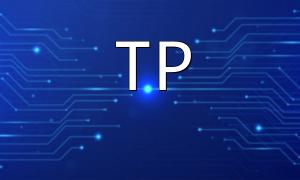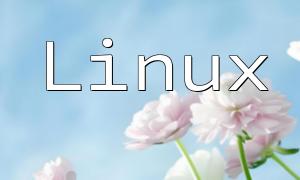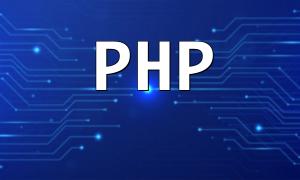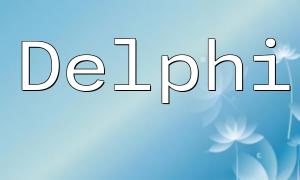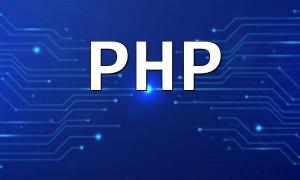In modern web development, technology stacks are increasingly diverse. PHP frameworks like Laravel and Symfony are widely used for backend development, while Python, Java, and JavaScript are preferred for data processing, machine learning, and front-end interactions. As a result, seamless integration between different programming environments has become essential for building scalable and maintainable systems.
One of the most common and efficient methods to connect PHP applications with other systems is by building RESTful APIs. Using standard HTTP protocols, applications written in different languages can exchange data in a structured and reliable way. Laravel makes it particularly easy to set up these APIs with minimal code.
Here's a simple example of a user creation API using Laravel:
Route::post('/api/users', 'UserController@store');The controller logic would look like this:
public function store(Request $request) {
$user = new User();
$user->name = $request->input('name');
$user->email = $request->input('email');
$user->save();
return response()->json(['success' => true, 'user' => $user]);
}Other applications—like those built with Node.js, Python, or Java—can make POST requests to this API to create new users, ensuring efficient cross-language communication.
In high-concurrency environments, or when you want to decouple services, message queues provide an excellent solution. Tools like RabbitMQ and Kafka enable systems to communicate asynchronously. PHP can act as a producer or consumer in such architectures, facilitating communication with other services regardless of the programming language.
use PhpAmqpLib\Connection\AMQPStreamConnection;
use PhpAmqpLib\Message\AMQPMessage;
$connection = new AMQPStreamConnection('localhost', 5672, 'user', 'password');
$channel = $connection->channel();
$channel->queue_declare('task_queue', false, true, false, false);
$data = "Hello World!";
$msg = new AMQPMessage($data, ['delivery_mode' => AMQPMessage::DELIVERY_MODE_PERSISTENT]);
$channel->basic_publish($msg, '', 'task_queue');
echo " [x] Sent ", $data, "\n";
$channel->close();
$connection->close();With this setup, the PHP app can send messages to a queue that a non-PHP service—such as a Python or Java worker—can consume and process independently, ensuring a decoupled, scalable architecture.
Another integration method is using a shared database. When PHP and non-PHP applications access the same database, they can share data directly. For example, both PHP and Python apps can read from and write to the same MySQL database, provided data consistency and integrity are maintained.
import mysql.connector
db = mysql.connector.connect(
host="localhost",
user="user",
password="password",
database="test_db"
)
cursor = db.cursor()
cursor.execute("SELECT * FROM users")
for user in cursor.fetchall():
print(user)
db.close()Meanwhile, PHP can use Eloquent ORM or PDO to interact with the same database, ensuring smooth collaboration between different parts of the system.
Whether through RESTful APIs, message queues, or shared databases, integrating PHP frameworks with non-PHP applications allows for flexible, scalable system architecture. Choosing the appropriate integration method depending on your system's requirements ensures effective cross-platform communication and long-term maintainability.

